Wanxin Yu
Three-dimensional Reconstruction of the Lumbar Spine with Submillimeter Accuracy Using Biplanar X-ray Images
Mar 18, 2025Abstract:Three-dimensional reconstruction of the spine under weight-bearing conditions from biplanar X-ray images is of great importance for the clinical assessment of spinal diseases. However, the current fully automated reconstruction methods have low accuracy and fail to meet the clinical application standards. This study developed and validated a fully automated method for high-accuracy 3D reconstruction of the lumbar spine from biplanar X-ray images. The method involves lumbar decomposition and landmark detection from the raw X-ray images, followed by a deformable model and landmark-weighted 2D-3D registration approach. The reconstruction accuracy was validated by the gold standard obtained through the registration of CT-segmented vertebral models with the biplanar X-ray images. The proposed method achieved a 3D reconstruction accuracy of 0.80 mm, representing a significant improvement over the mainstream approaches. This study will contribute to the clinical diagnosis of lumbar in weight-bearing positions.
Composite Time-Frequency Analysis and Siamese Neural Network based Compound Interference Identification for Hopping Frequency System
Jul 21, 2021
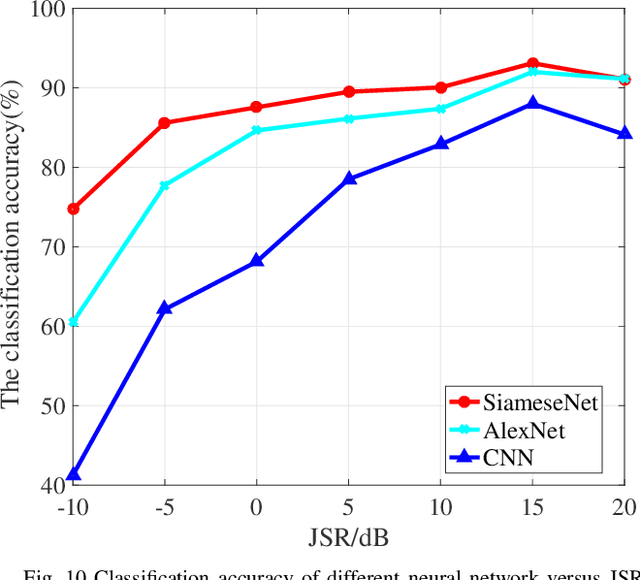
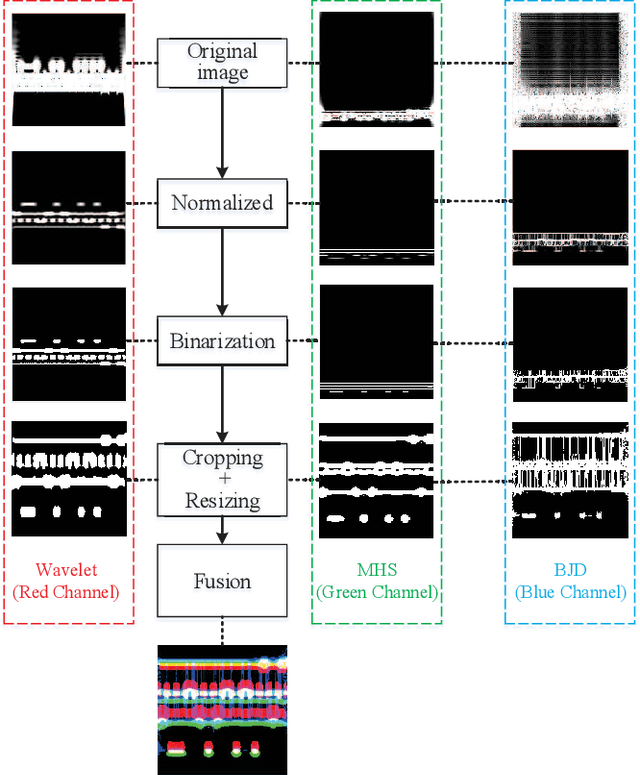
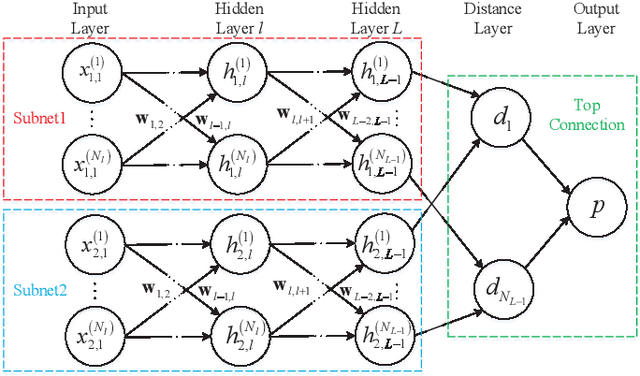
Abstract:In a hostile environment, interference identification plays an important role in protecting the authorized communication system and avoiding its performance degradation. In this paper, the interference identification problem for the frequency hopping communication system is discussed. Considering presence of multiple and compound interference in the frequency hopping system, in order to fully extracted effective features of the interferences from the received signals, a composite time-frequency analysis method based on both the linear and bilinear transform is proposed. The time-frequency spectrograms obtained from the time-frequency analysis are constructed as matching pairs and input into the deep neural network for identification. In particular, the Siamese neural network is adopted as the classifier to perform the interference identification. That is, the paired spectrograms are input into the two sub-networks of the Siamese neural network to extract the features of the paired spectrograms. The Siamese neural network is trained and tested by calculating the gap between the generated features, and the interference type identification is realized by the trained Siamese neural network. The simulation results confirm that the proposed algorithm can obtain higher identification accuracy than both traditional single time-frequency representation based approach and the AlexNet transfer learning or convolutional neural network based methods.
Monthly electricity consumption forecasting by the fruit fly optimization algorithm enhanced Holt-Winters smoothing method
Aug 14, 2019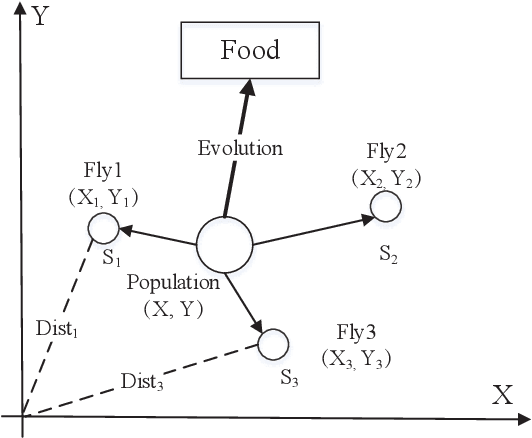
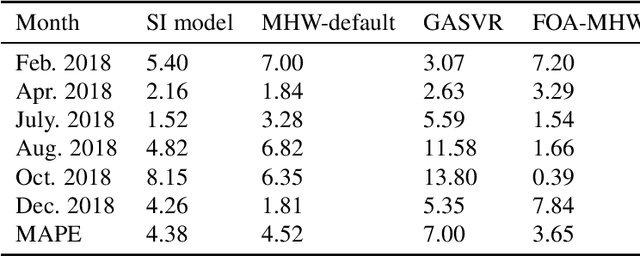

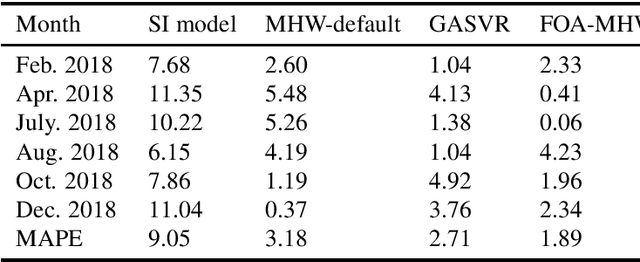
Abstract:The electricity consumption forecasting is a critical component of the intelligent power system. And accurate monthly electricity consumption forecasting, as one of the the medium and long term electricity consumption forecasting problems, plays an important role in dispatching and management for electric power systems. Although there are many studies for this problem, large sample data set is generally required to obtain higher prediction accuracy, and the prediction performance become worse when only a little data is available. However, in practical, mostly we experience the problem of insufficient sample data and how to accurately forecast the monthly electricity consumption with limited sample data is a challenge task. The Holt-Winters exponential smoothing method often used to forecast periodic series due to low demand for training data and high accuracy for forecasting. In this paper, based on Holt-Winters exponential smoothing method, we propose a hybrid forecasting model named FOA-MHW. The main idea is that, we use fruit fly optimization algorithm to select smoothing parameters for Holt-Winters exponential smoothing method. Besides, electricity consumption data of a city in China is used to comprehensively evaluate the forecasting performance of the proposed model. The results indicate that our model can significantly improve the accuracy of monthly electricity consumption forecasting even in the case that only a small number of training data is available.
 Add to Chrome
Add to Chrome Add to Firefox
Add to Firefox Add to Edge
Add to Edge